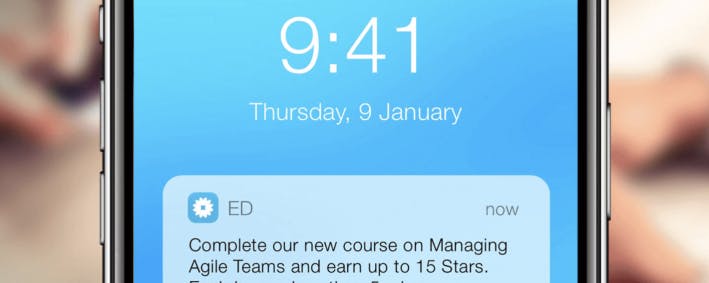Personalized Learning

It is very clear that modern learners do not take well to old learning methodologies like traditional classroom training, with some exceptions.
The reason behind the fact is that modern learners have grown out of the old ways of consuming information, which was through reading course material and listening to a teacher or instructor during a lecture or class.
Personalized Learning Approach
The traditional methods of teaching or training were a one-size-fits-all approach, uniform and rigid. As a result, only learners who adapted well to that style of learning excelled. There are many factors contributing to the ineffectiveness of this approach. Learners should not adapt to learn, instead learning should be adapted to help them learn better. Learners of today have varied learning styles, and they sometimes are unaware of their own preferred method of consuming information until such a choice is presented to them. It is exactly due to this reason that learner-centric methods of learning, such as personalization, have began to be sought.
Today, personalized learning is used in various corporate organizations due to the fact that it is an approach in which the pace of learning, as well as the instructional aspect, are tailored to suit individual learners. Personalized learning also solves a number of problems associated with employee training and development, which we will discuss. Let’s have a look at these problems, and how personalized learning solves them.
1. Personalised Learning Addresses Learning Disconnect And Boosts Engagement
Every individual learner is different. In the case of traditional methods of training, some learners benefit, while others are left behind. This is because of the potential inability to consume information the way that other learners can. It could also be that their interests, abilities or aspirations lie elsewhere. These learners can become disconnected with instructors/teachers, their colleagues or learning itself. Personalized learning can address and prevent this disconnect from occurring by accounting for each learner’s learning needs, interests, abilities, as well as aspirations. This boosts their engagement with learning, as content is tailored to their preferences.

2. Personalised Learning Eases The Burden On Instructors/Teachers/Trainers
In traditional workplace training, the instructor or trainer is the prime mode of knowledge transfer, and own the responsibility of ensuring that the employees absorb and retain information. However, with personalized learning, the burden on learning and development instructors can be eased by moving them from the role of the learning provider to a guide. While workplace eLearning can be used for knowledge transfer, instructors can be kept as resources when employees require help or guidance.
3. Personalised Learning Saves Time
As personalized learning is targeted at employees and their individual needs, it means that employees are prevented from exposure to irrelevant information, or information they already know. It only supplies them with information essential and useful for them; information which has been designed specifically keeping their needs, interests and abilities in mind. This saves the learner’s time, and thus makes learning faster, consequently saving the organization’s time.
4. Personalised Learning Maximizes Each Learner’s Potential For Success
Albert Einstein wrote, “Everybody is a genius. But if you judge a fish by its ability to climb a tree, it will live its whole life believing that it is stupid.” Each learner in a corporate organization has a skillset which they are either born with, or one which they’ve augmented through practice. Instead of forcing learners to learn something they are not particularly strong at, it is far better to let them focus on something that they are personally invested in, or something they can actually excel at. Personalized learning can do just that, maximizing each learner’s potential for success.
The modern workplace learner desires control over what they learn and how they learn it, leading to organizations understanding the importance of learner-centric learning methodologies. Personalized learning is already gaining momentum, as the one-size-fits-all approach becomes increasingly obsolete with each passing day. If any of the above-mentioned points resonate with you, then perhaps it is time to employ a personalized learning approach in your organization, and allow learners to achieve their personal and professional goals, as well as that of the organization.
If you would like to learn more about how to build the best personalized training strategy!
If you’d like to know more about how EdApp’s mobile learning platform can help your internal training practices, get in touch at enquiries@edapp.com. You can also try EdApp’s Mobile LMS and authoring tool for free by signing up here.
Curated course examples
Author
Guest Author Daniel Brown
Daniel Brown is a senior technical editor and writer that has worked in the education and technology sectors for two decades. Their background experience includes curriculum development and course book creation.
